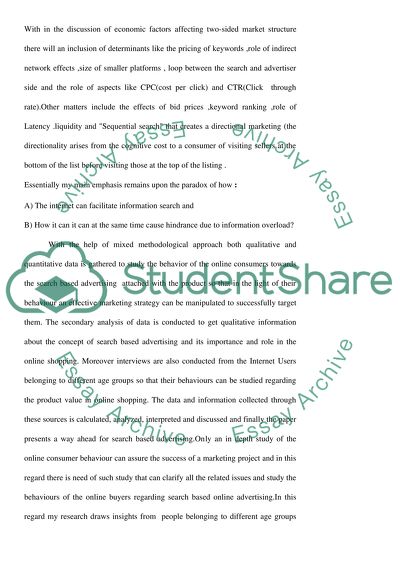Cite this document
(Critical Factors in the Success and Failure of Search-Based Advertisin Research Proposal, n.d.)
Critical Factors in the Success and Failure of Search-Based Advertisin Research Proposal. Retrieved from https://studentshare.org/marketing/1513125-search-based-online-advertising
Critical Factors in the Success and Failure of Search-Based Advertisin Research Proposal. Retrieved from https://studentshare.org/marketing/1513125-search-based-online-advertising
(Critical Factors in the Success and Failure of Search-Based Advertisin Research Proposal)
Critical Factors in the Success and Failure of Search-Based Advertisin Research Proposal. https://studentshare.org/marketing/1513125-search-based-online-advertising.
Critical Factors in the Success and Failure of Search-Based Advertisin Research Proposal. https://studentshare.org/marketing/1513125-search-based-online-advertising.
“Critical Factors in the Success and Failure of Search-Based Advertisin Research Proposal”, n.d. https://studentshare.org/marketing/1513125-search-based-online-advertising.


